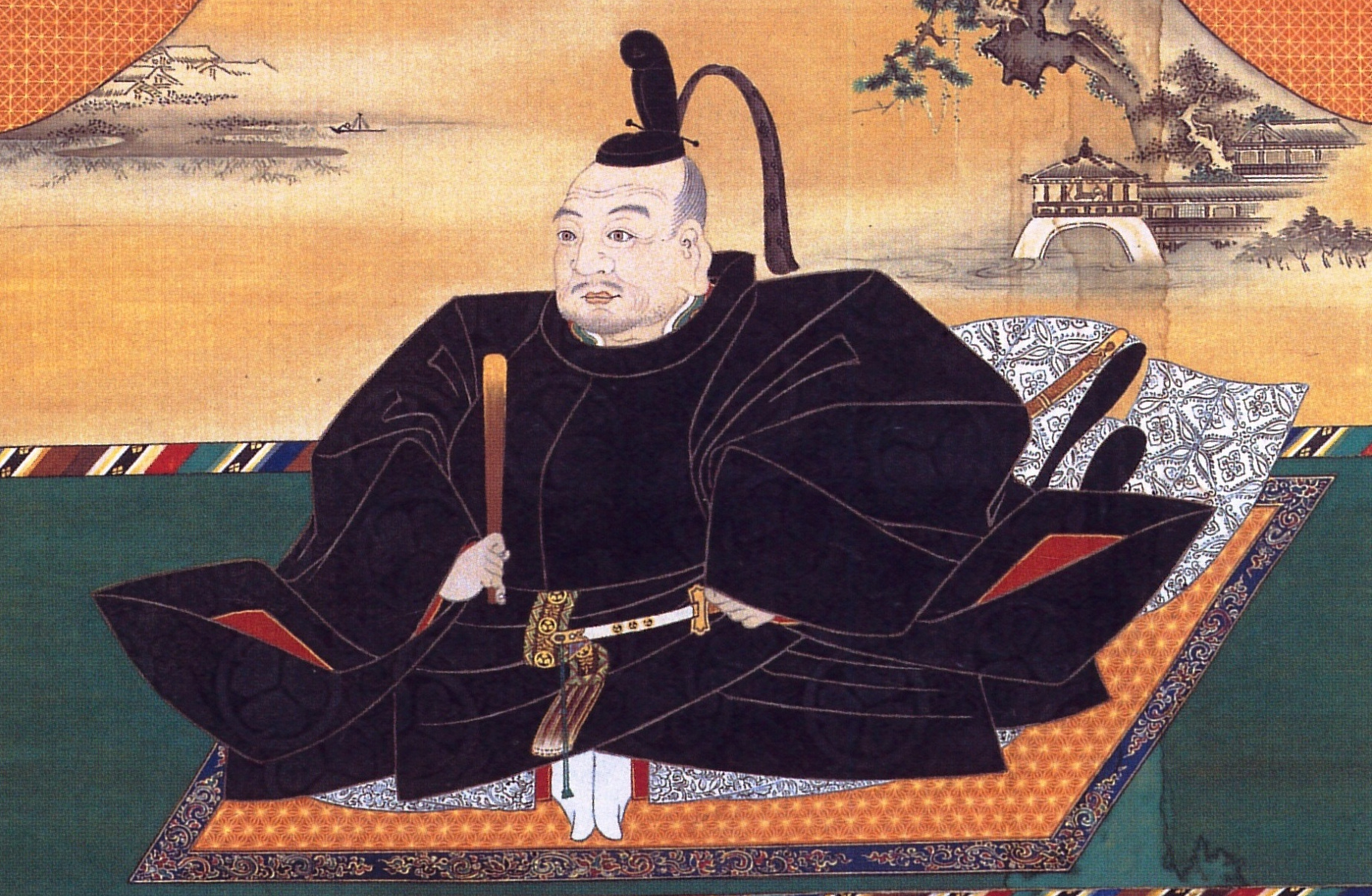Review: Shogun
I just finished James Clavell’s shogun. At 1150 pages, and 48 hours in the audio book, it was quite an undertaking. Despite 40 years passing since it’s initial publication, it remains fairly popular. I had to reserve and wait for a copy at the Library, and was unable to extend due to other pending reservations. This meant that I was committed to reading it in two weeks, meaning I had to hit about 100 pages a day! I made it, but I’m going to take my time next go around.
The narrative begins with John Blackthorne, a wind-blown English pilot ) of a Dutch ‘trading’ vessel. After plundering their way across the Mediterranean and South America, they somehow make it across the Pacific, and stagger into a harbor of the previously unknown Japan. There they find hostile Portuguese priest and merchants, and foreign culture with unfamiliar deadly moires.
Blackthorne’s journey mirrors the western readers. He is initially unable to communicate with the Japanese nobility, and doesn’t understand their way of life. Over time he comes to better understand and appreciate the unique Japanese culture. This was my favorite part the novel. I feel like I learned a lot about medieval Japan. However, as with any historical novel, I wonder if this is a fair representation of the place and time. There is a collection of essays on the historical value of this novel, published in 1980. I’ve only read the preface, which was more positive than I was expecting. I’m planning on reading through those before I tackle this novel again.
Blackthorne isn’t the only character with an interesting arc: Kasigi Yabu, Toda Mariko, Kasigi Omi, and the titular Yoshi Toranaga, all go through interesting perspective and relationship shifts. Other characters with smaller roles are also well fleshed out. For example, Uraga-noh-Tadamasa, a young man from the samurai class that starts the novel as a Jesuit acolyte. He becomes disenchanted and ends up returning to his heritage by the end of the novel. He plays a small role in our story, but has a dramatic life of his own.
The larger narrative revolves around the shifting alliances and intrigue of the great lords mirroring the emergence of the real world Tokugawa Shogunate. The scale of the conflict, both in reality and the novel, is huge. The climactic battle of Sekigahara involved over 80,000 individuals on each side, more than twice the number of combattants as any european battle of the same period.
The narrative structure isn’t remarkable for an epic novel. By the end, the thoughts and motivations of all the characters are made known to the reader. With the exception of three or four flashbacks, the events are presented in chronological order. The structure of the dialogue is a bit more interesting.
Languages play a large role in the novel. The composition of characters and content of conversation will influence what languages the characters use and vice versa. For example, when Toda Mariko and Blackthorne are flirting with each other, they use Latin, when speaking privately about other things they speak in Portuguese. Thankfully, the content of their conversation expresses which language they are using, rather than “he said in Latin”, which have been obnoxious. A pivotal moment in the novel is when Blackthorne asks Mariko to leave so that can speak with Yoshi Toranaga in private. Toranaga only speaks Japanese, so this signifies that Blackthorne can now (if only rudimentarily) converse with his new liege lord directly, as well as the other samurai.
Overall, though the narrative was nothing remarkable, between the shifting languages, shifting alliances, and the satisfying character arcs, there was plenty to chew on. I’m planning on buying a hardcover version of this so I can read it again in the future, but not have to force march myself through it. Highly recommend for anyone interested in (and unfamiliar with medieval Japan), or looking for an immersive world to get lost in.

